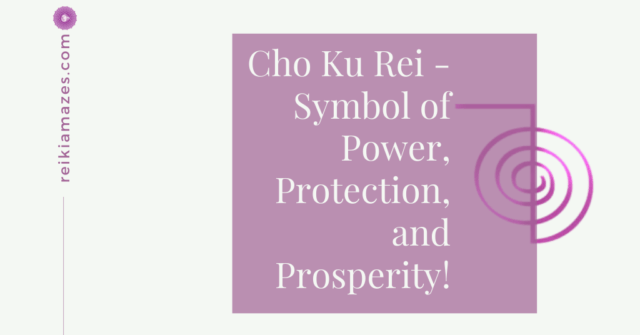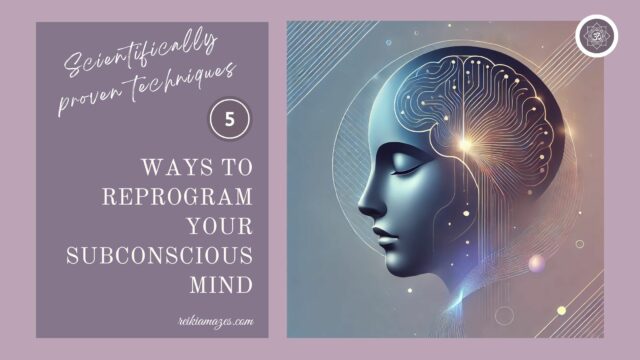Self-hypnosis vs meditation, which one is better? This question no doubt raises few awkward emotions in me. Since I have been practicing and teaching Yoga and Reiki for years now, I am trying to define them in very simple terms.
In yoga, you will find both, meditation and self-hypnosis in different forms. For example, you practice ” Tratak”, a form of concentration on a flame, candle, or Diya. It’s a form of meditation, intended for a specific purpose.
Also, you learn to meditate on sunrise or a calm place like a river, which will help calm your mind. No doubt, both the above kriyas of Tratak and meditation teach you to focus. The main objective is to learn to focus on an object for a specific time to lessen the different kinds of thoughts and make you stable and calm.
On the other hand, you will also find “Shavasan” where you totally relaxed your body, mind and focus on your breaths. But in Shavasan, the intention is not merely to focus on your breaths, but once you can focus on breaths and breaths start slowing down, you start your internal work.
In Shavasana, you are guided to select a specific goal, or the desired result and visualize it for few minutes, while still, you are in a drowsy state.
Shavasana is nothing but self-hypnosis, and like hypnosis, it can be a guided or self Shavasana:)
There’s often confusion surrounding meditation and self-hypnosis. Are they just two different terms for the same thing? Or are they completely different?
There’s no cut-and-dry answer. There are so many types of meditation. Some of them are quite similar to self-hypnosis, while others are certainly not.
Both are impressive tools when used properly and consistently.
What do you think of when you think of meditation? You might have visions of a yogi or monk sitting quietly in solitude.
What comes to mind when you consider self-hypnosis? Maybe you think of a psychologist. Perhaps you remember the stage hypnotist you saw in high school that made some of your fellow students cluck like chickens.
I am going to discuss some major differences:
1. Purpose: 
While it is possible to meditate with a very specific end in mind, most forms of meditation have a more general goal. This goal usually revolves around understanding the nature of the mind, mindfulness, and reducing the occurrence and influence of random thoughts.
● Self-hypnosis has a more specific purpose, such as quitting smoking or becoming more confident while public speaking. Self-hypnosis is used as a means of making one more open to suggestions or affirmations.
● Self-hypnosis can also be used to overcome phobias, change your attitude about wealth, or lose weight.
● Self-hypnosis is often utilized to find a creative solution to a problem. For example, you might want to determine the best plot twist for a novel or find a solution to a complex dilemma in your life.
2. Attention:
Meditation focuses on a fixed point or object, such as the breath, a spot on the wall, or a mantra. The goal is to hold your attention on this focal point. When your thoughts stray, and they will, the objective is to return your attention. You learn about how your mind works and how to focus more effectively.
● On the other hand, self-hypnosis frequently involves following a story, such as confidently navigating a social situation. The experience is the object of your focus. You lead yourself through an experience and gain benefits from that.
● With self-hypnosis, you can change your normal perception and perspective. You can experience something that might not be available to you in everyday life.
3. Guided or non-guided:
Meditation can be done with oneself or guided. By definition, self-hypnosis is non-guided. However, many people consider the use of hypnosis audio recordings to be self-hypnosis. The use of a live hypnotherapist would not be self-hypnosis.
● There are many audio programs available to help you learn how to meditate or utilize self-hypnosis. The quality of these recordings varies tremendously, as numerous amateur practitioners are putting their ideas out into the world.
Both meditation and self-hypnosis can bring you benefits, and you can use both in your life.
Meditation can be used to quiet your mind, enhance your ability to focus, and decrease the tendency to ruminate. Meditation has been around for thousands of years and is very effective.
Self-hypnosis is a more surgical tool for dealing with the challenges in your life. Whether you want to increase your confidence, lose weight, quit smoking, or get over your fear of heights, self-hypnosis can be a powerful tool.
Both techniques can work very quickly in some people, but others find that weeks or months are required to see real benefits. If either one might be of benefit to you, why not give it a try for a few months? Measure your results and proceed appropriately.
Self-hypnosis and meditation are not considered to be the same thing but are certainly related. Remember, there are many types of meditation, and some are more similar to self-hypnosis than other types of meditation.
4. Popularity:
Meditation is more popular and established as a tool to cope with challenges, to become more focused and centered. As it has been around for thousands of years, it’s gained more credibility compared to hypnosis or self-hypnosis.
Some of the biggest Fortune 500 companies offer meditation classes for their employees.
Companies like Google, Apple, and AOL, for instance, regularly send their employees on meditation courses. And Facebook headquarters now has its own dedicated meditation room.
On the other hand, hypnosis is started getting popular in the last few years, and many popular and well-known motivational speakers now promote it for changing your life.
Conclusion:
Meditation and self-hypnosis deal with the intricacies of the human mind. Meditation no doubt helps you better understand your thoughts, pacify agitated emotions and keep you centered.
Shavasana is nothing but a form of self-hypnosis where you select a goal for yourself, visualize it, and directly connect with your subconscious mind. Thus it’s a great tool to convert your heart’s desire to your subconscious mind.
Self-hypnosis is more geared towards solving some problem or achieve a specific goal in life. Sometimes in self-hypnosis, you take the help of some outer tools like audio tapes and so on.
Either you use meditation or self-hypnosis, the more important thing for me is that you realized that you can change your life and now you are taking action for it.
I wish you all the success in your daily practice of meditation, Shavasana, or self-hypnosis. let me know in the comments below what’s your experience with your daily practice.

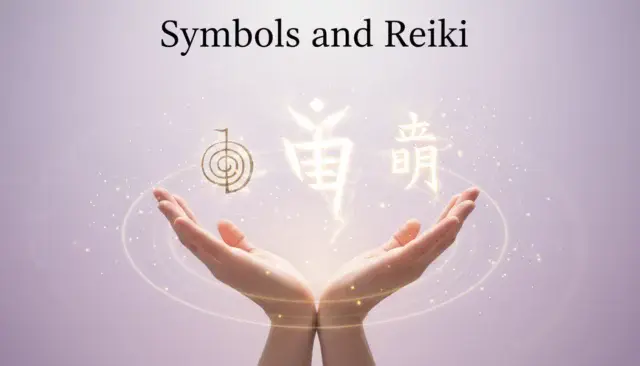


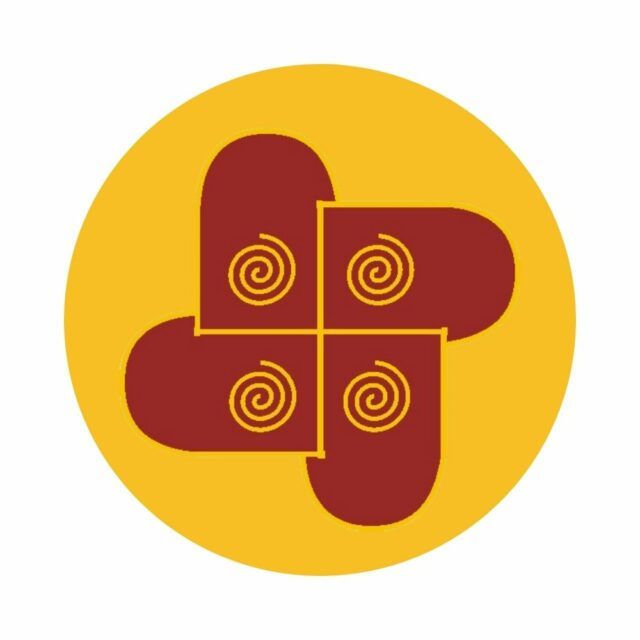
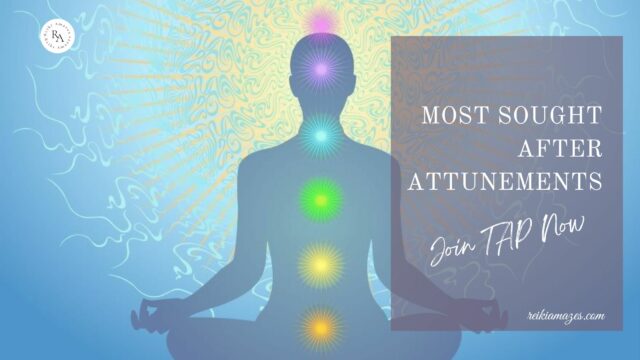
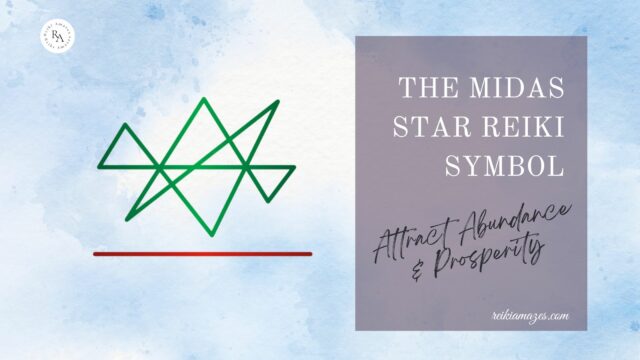

![26 Reiki Points For Self Treatment – Refresh Yourself Everyday-[Updated]](https://reikiamazes.com/wp-content/uploads/./Feature-Image-Small.jpg)
